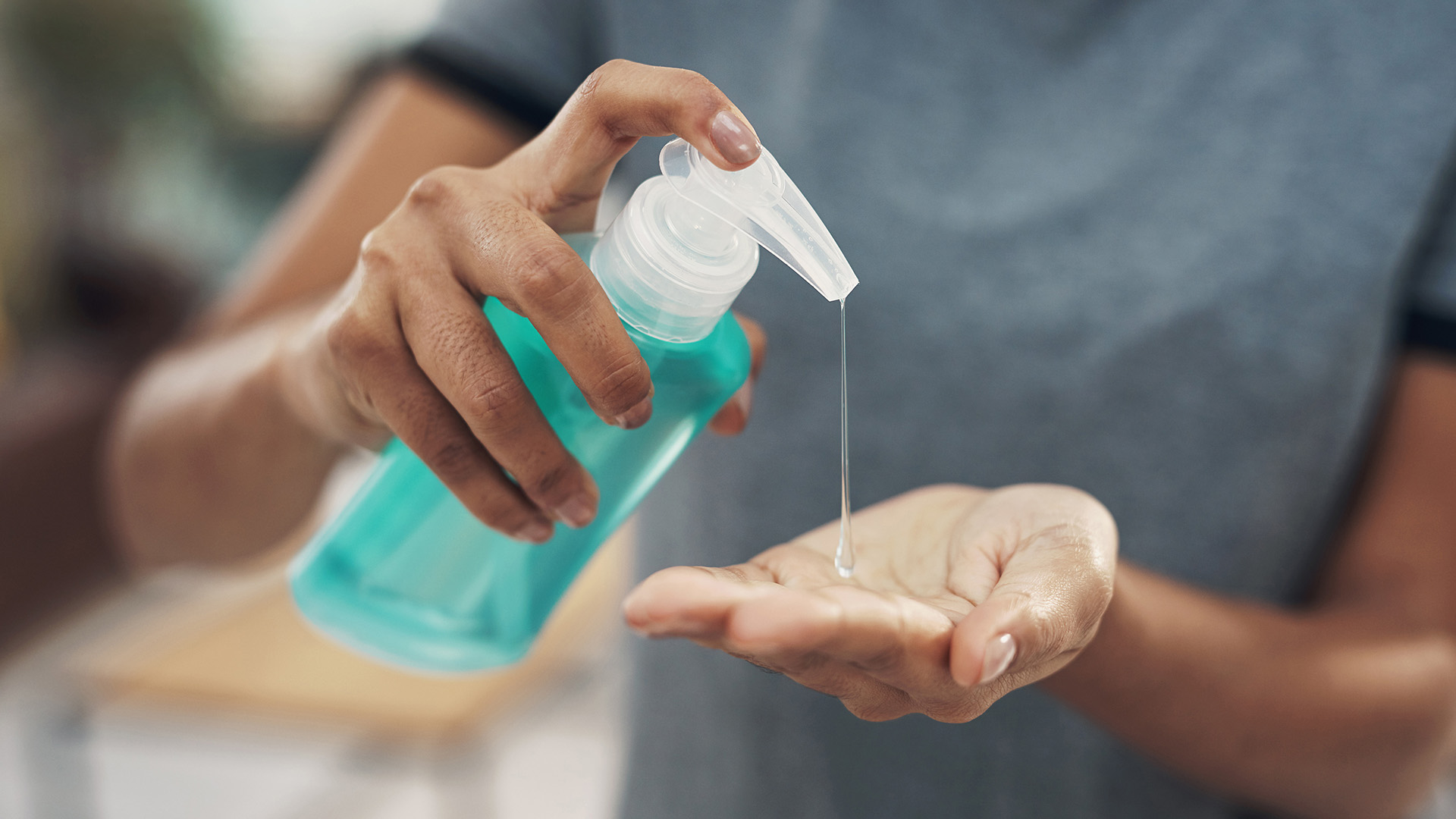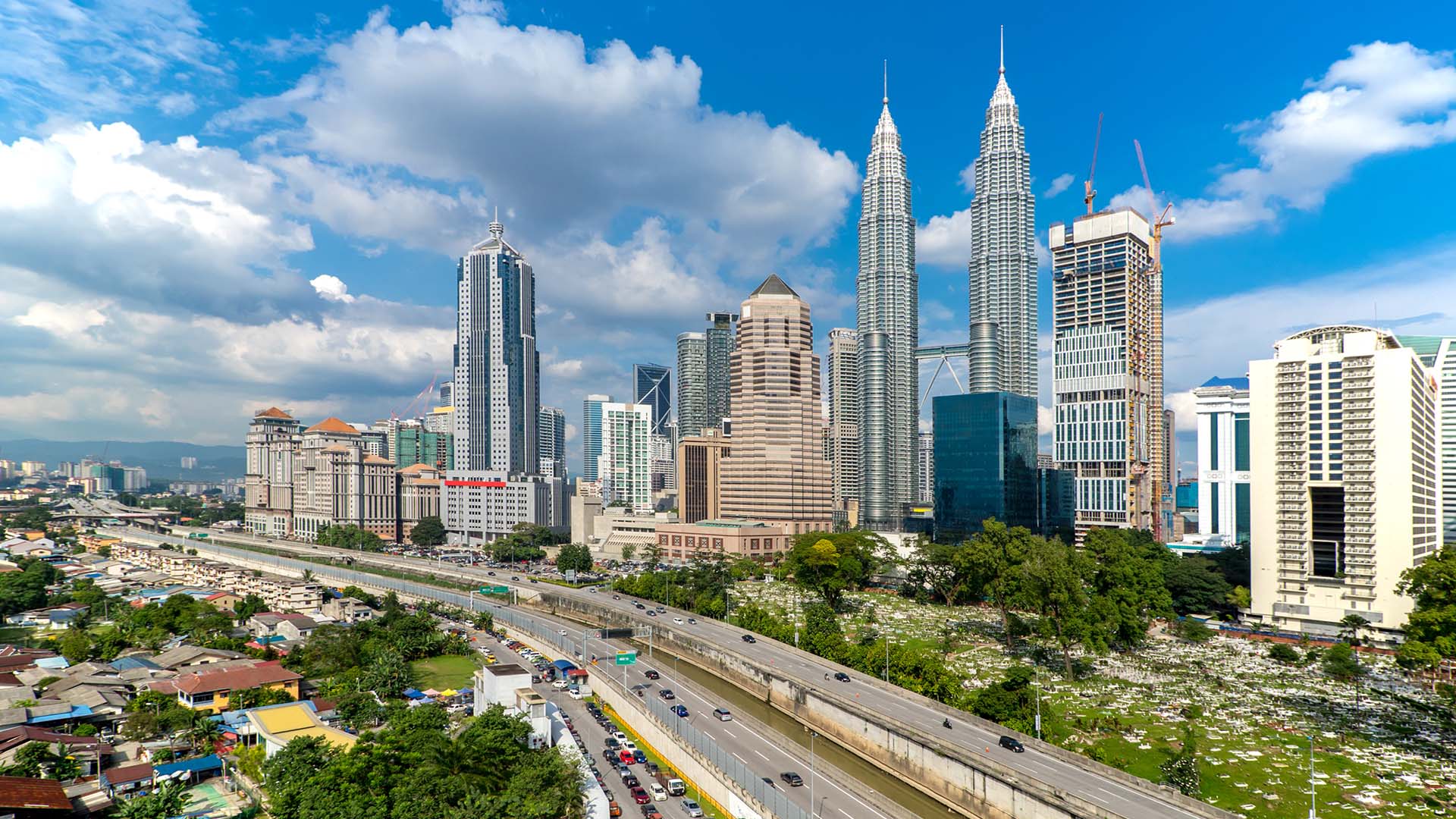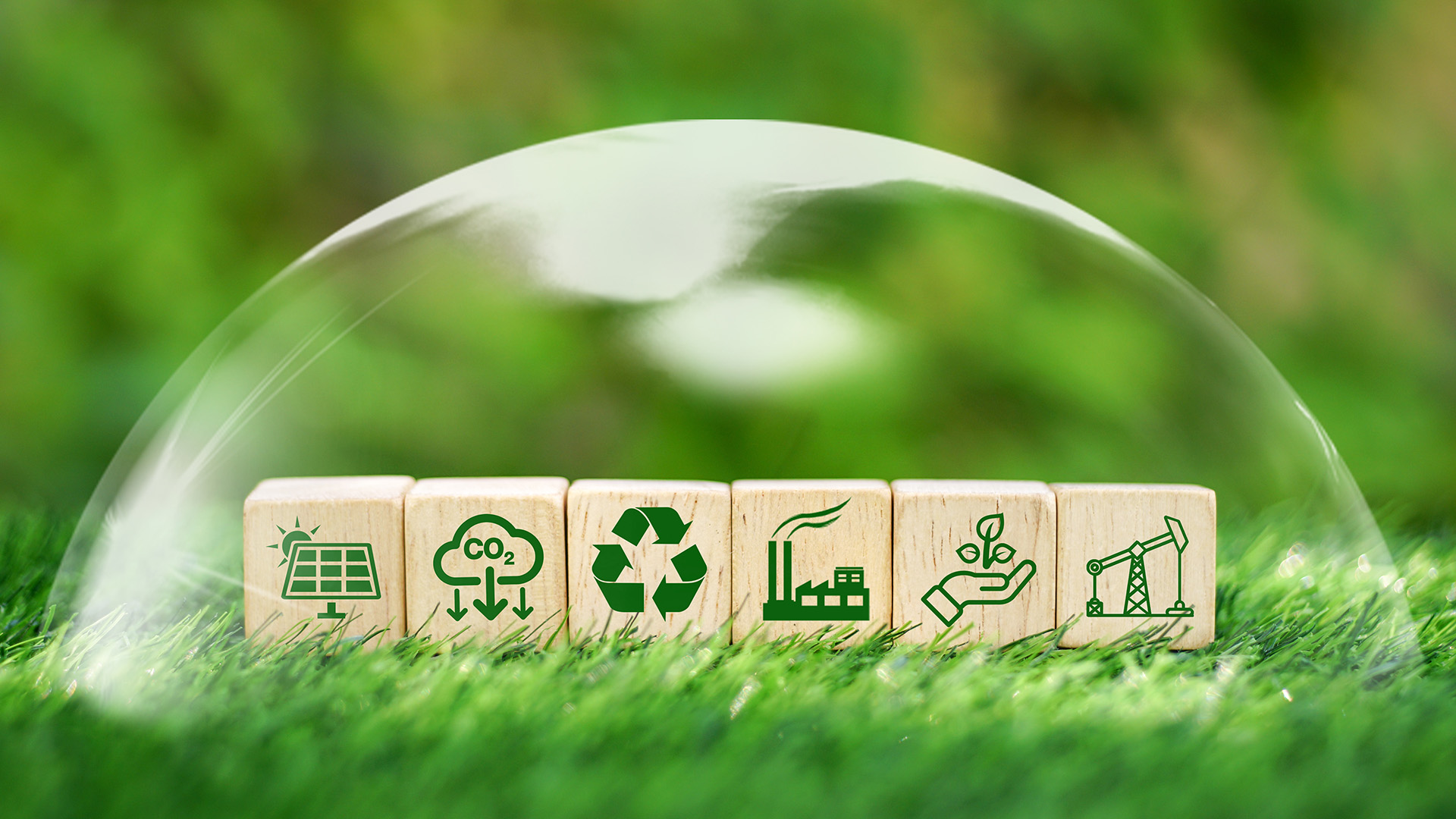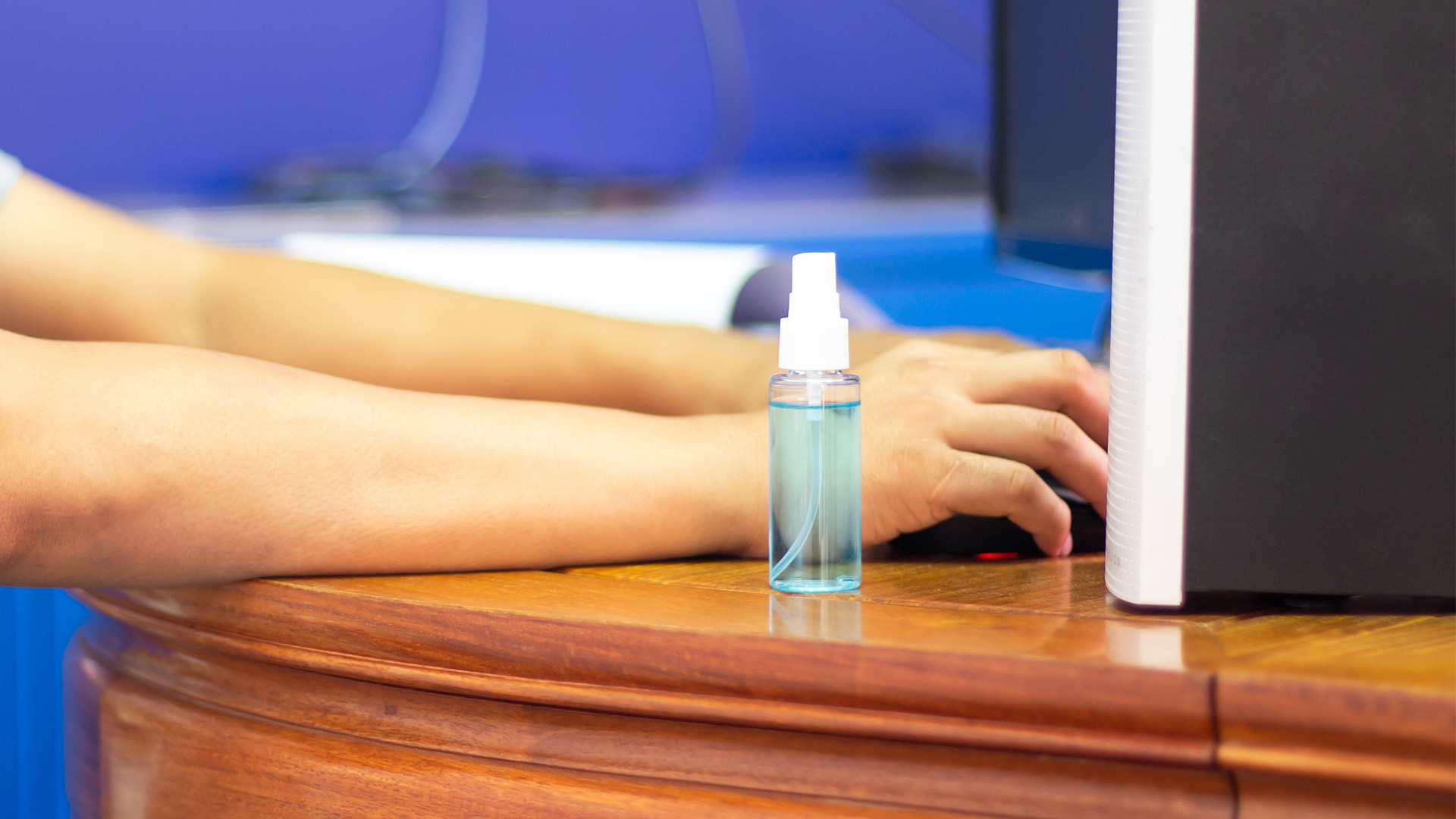
Chlorine Disinfectant for Effective Cleaning and Sanitisation: The Ultimate Guide for Malaysian Factories and Homes
In a world more attuned to hygiene than ever before, the demand for Chlorine Disinfectant has surged across the globe—and nowhere is this more evident than in Malaysia’s factories, commercial spaces, and homes. Chlorine-based solutions have been longstanding guardians against pathogens, but new technology and market shifts are making them even more powerful, efficient, and sustainable. This comprehensive guide is tailored for industry professionals, facility managers, and household users seeking the most effective and current practices for cleaning and sanitisation using Chlorine Disinfectant.
What Makes Chlorine Disinfectant So Effective?
Chlorine Disinfectant remains one of the world’s most trusted agents for eradicating bacteria, viruses, and other dangerous pathogens. The science is precise: whether in liquid, tablet, or gas form, chlorine breaks down the cell walls of microorganisms, neutralising threats quickly and efficiently. This makes it indispensable in:
1. Industrial cleaning
2. Hospital and healthcare sanitisation
3. Food processing
4. Drinking water purification
5. Household disinfection
These core attributes ensure environments—from busy factories to family kitchens—are safe, compliant, and visibly clean.

Market Overview: Expanding Horizons for Chlorine Disinfectant
Growth Trends in Malaysia
Malaysia’s disinfectant market is rapidly expanding, with annual imports of disinfectants—including chlorine-based products—expected to grow at over 4% per year from 2024 through 2028. Factors driving this uptick include:
1. Continued vigilance against infectious disease
2. Growing consumer awareness of sanitation
3. Stricter industry and government standards, especially post-pandemic
Applications Driving Demand
1. Factories & Industrial Facilities:
Floor cleaning, machinery sanitisation, and equipment sterilisation to meet hygiene standards and prevent outbreaks.
2. Homes & Commercial Spaces:
Surface cleaning, bathroom sanitation, water tank disinfection, and kitchen hygiene—particularly important in shared or high-use environments.
3. Public Utilities & Water Treatment:
Ensuring municipal water is free from harmful microbes for millions of households.

Asia Pacific Leads the Way
Among global regions, Asia Pacific—including Malaysia—is projected to be the fastest growing market for chlorine-based disinfectants through 2031, thanks to vigorous industrial activity, urbanisation, and rising construction.
Latest Technology and Emerging Trends
1. Eco-Friendly Formulations
As environmental concerns intensify, manufacturers are innovating with low-residue and biodegradable Chlorine Disinfectants, reducing harmful by-products while maintaining disinfection strength. These “greener” solutions appeal to eco-conscious factories and are safe for use at home.
2. Concentration-Controlled Dispensers
Modern dosing systems now provide precise mixing of concentrated Chlorine Disinfectant solutions, reducing waste and improving user safety in factories and public facilities.
3. Automated and Smart Application
Robotics and AI-powered systems are now being deployed in larger manufacturing environments to execute programmable, uniform disinfection routines—boosting both efficiency and worker safety.
4. Real-Time Monitoring
Sensors and digital platforms allow facilities to monitor residual chlorine levels in water or on surfaces, ensuring compliance and reducing human error.

Pros and Cons of Chlorine Disinfectant
Advantages
1. Fast-acting against a broad spectrum of pathogens
2. Versatile for water, surfaces, air, and equipment
3. Proven track record globally and in local industry standards
4. Widely available and cost effective, including for large installations
5. Now available in more eco-friendly and easy-to-use formats
Possible Drawbacks
1. Must be used at proper concentrations for safety
2. Overuse can lead to odors or skin/eye irritation
3. Some forms may corrode metals or degrade fabrics
4. By-products require proper handling and ventilation
5. Certain pathogens may develop chlorine resistance if misused
Market Insights: Value Across the Malaysian Spectrum
1. Factories benefit from robust disinfectant protocols that minimise outbreaks, keep supply chains running, and ensure compliance with regulations.
2. Offices and public buildings utilise Chlorine Disinfectant for high-contact areas, safeguarding staff and visitors.
3. Residential homes are increasingly adopting household-grade chlorine cleaning products, particularly in kitchens and bathrooms, for daily and deep-cleaning routines.
2025’s market studies indicate that Chlorine Disinfectant demand is being driven not just by pandemic lessons, but also by evolving health and safety regulations and greater consumer expectations in Malaysia.

Choosing and Using Chlorine Disinfectant Safely
Factory and Industrial Settings
1. Choose industrial-grade chlorine suitable for surface and equipment cleaning.
2. Train staff in proper dilution and safe handling.
3. Automate application when possible for large-scale needs.
Home and Small-Business Use
1. Use ready-to-mix or pre-diluted products for ease and safety.
2. Ventilate areas well after use.
3. Store all chlorine products out of reach of children and pets.
4. Always follow the manufacturer’s guidelines and Occupational, Safety & Health standards.
Unique Trends to Watch in 2025 and Beyond
1. Growth of Smart Disinfection Systems: Using IoT for real-time tracking and compliance in large facilities.
2. Blending with Other Agents: Hybrid formulas blending Chlorine Disinfectant and other quaternary ammonium compounds for wider protection.
3. Circular Economy Initiatives: Returnable and recyclable packaging for chlorine products in Malaysia, reducing environmental footprint.

Frequently Asked Questions (FAQs)
Q1: Is Chlorine Disinfectant safe for daily home use?
When used according to guidelines and in recommended dilutions, chlorine disinfectants are safe for household surfaces. Always rinse food-contact surfaces thoroughly.
Q2: Can Chlorine Disinfectant be used on all surfaces?
While highly versatile, avoid using undiluted chlorine on sensitive metals, fabrics, or electronics, as it can cause corrosion or damage.
Q3: Does Chlorine Disinfectant kill viruses like COVID-19?
Yes, chlorine-based solutions have been proven effective against a wide range of viruses, including coronaviruses.
Q4: What is the shelf life of Chlorine Disinfectant?
Most liquid preparations are adequate for 3–6 months if kept in a cool, dark place. Always check product labels.
Q5: How is Chlorine Disinfectant evolving to be more eco-friendly?
Manufacturers are developing more biodegradable formulas and adopting sustainable packaging to reduce environmental impact.
Advanced, reliable, and continually adapting to new safety and environmental standards, Chlorine Disinfectant remains a cornerstone of Malaysia’s fight for clean, safe industries and homes. Visit germisep.com to discover products and solutions tailored for your space.